Scientific theory and 1980s rock inspire Lindsey Adelman’s Paradise City
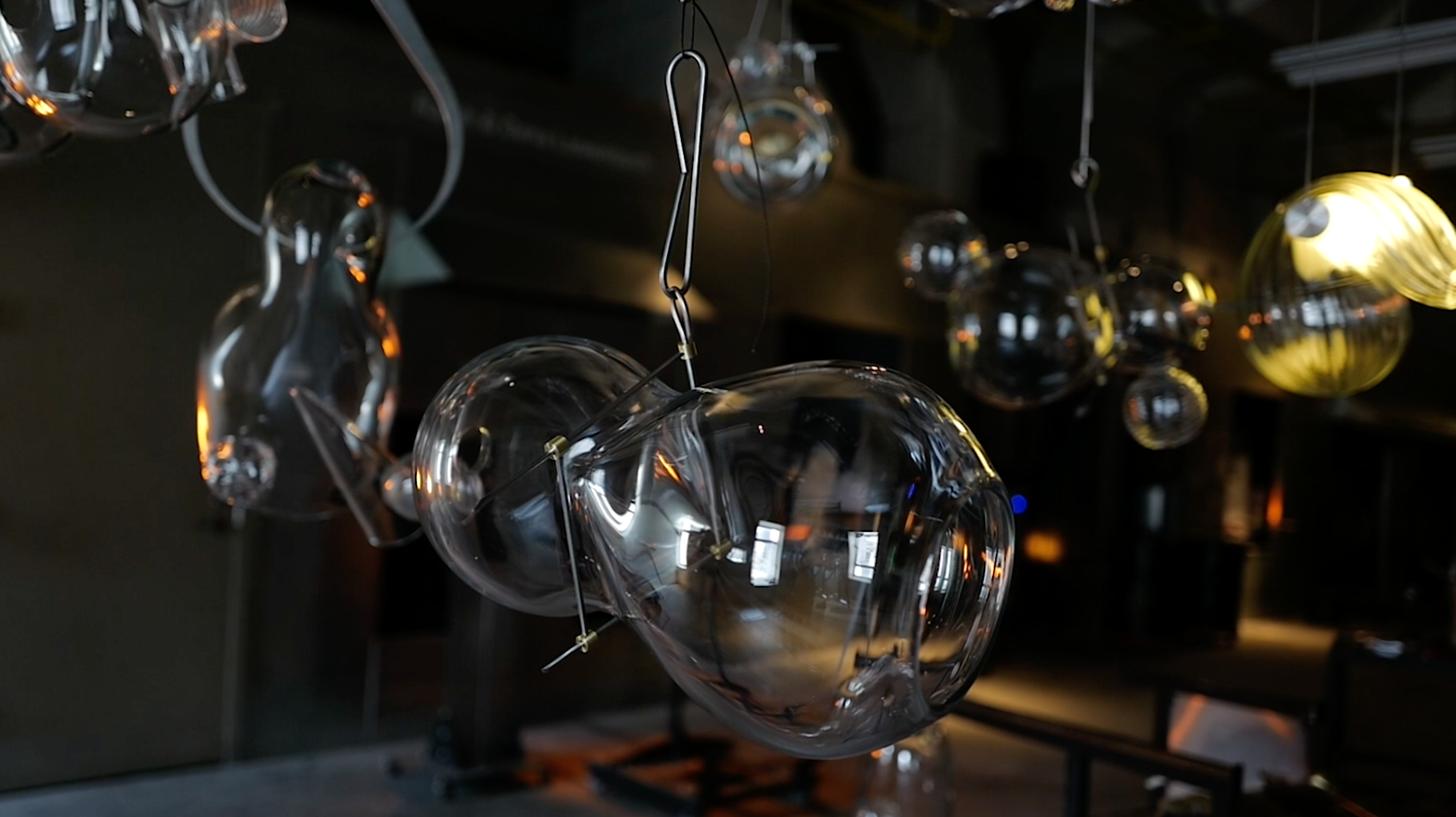
‘I’ve always been a fan of Guns N' Roses’, says New York designer Lindsey Adelman. While it may seem like a random admission, the designer is actually in the midst of discussing how she came to name her new collection Paradise City, after the band’s 1987 song. ‘My memories from my time in the 1980s just get better and romanticised over time. This collection allowed me to indulge in that kind of hard rock drama and remembering Guns N' Roses kept it from ever taking itself too seriously.’
Presented at Design Miami/Basel, when the Swiss city becomes a ‘paradise’ in its own right for art and design collectors, the collection joins the lineup of the fair’s ‘Curio’ presentations, flanked by the likes of Philippe Malouin and Didier LTD.
Adelman’s latest work has seen her create three typologies of lighting to create a sculptural installation. Together with her team, the designer has adapted ancient Vential glassmaking techniques to come up with a method that sees the light source embedded directly into the glass’ surface.

‘Each light source is designed so that the LEDs emit light directed at the inner, cut polished surface of the glass allowing the light to literally travel through the material of the glass and highlight the edges, which continues to refract and reflect in each smaller glass chamber of the piece,’ Adelman explains. ‘I wanted to achieve the final result of the forms remaining empty and the method of light becoming somewhat of a mystery’.
The result is mesmerising. Paradise City has a complexity that ensures every view offers something you hadn’t noticed before, and for Adelman, this is due to the piece being rife with references and points of inspiration. In one perspective, the viewer see voluptuous ‘female’ components constricted within the polished metal ‘male’ counterparts. However, these sections are also designed to represent our lack of control over time.
‘[It’s a] comment on the all-too-familiar human struggle where we hold onto moments in time – a force out of our control,’ Adelman continues. ‘The glass is seen to represent the incessant flow of time, while the structure represents civilisation grappling with it.’

This push-and-pull tension is visible throughout the work, albeit in different forms. Sometimes, it is presented in a difference of texture, where smooth, perfect surfaces appear to have been populated by spikey, parasitic organisms.
‘The forms are inspired by diatoms, which are single-celled algae that live in houses of glass,’ Adelman says. ‘The microscopic view of these essential elements informed the aesthetic impression of this collection.’
Paradise City is a testament to Adelman’s cross-disciplinary capabilities, but also to her wealth of knowledge – allowing her to call upon anything from mid-1980’s rock music, to highly academic, scientific theory.
INFORMATION
Receive our daily digest of inspiration, escapism and design stories from around the world direct to your inbox.
-
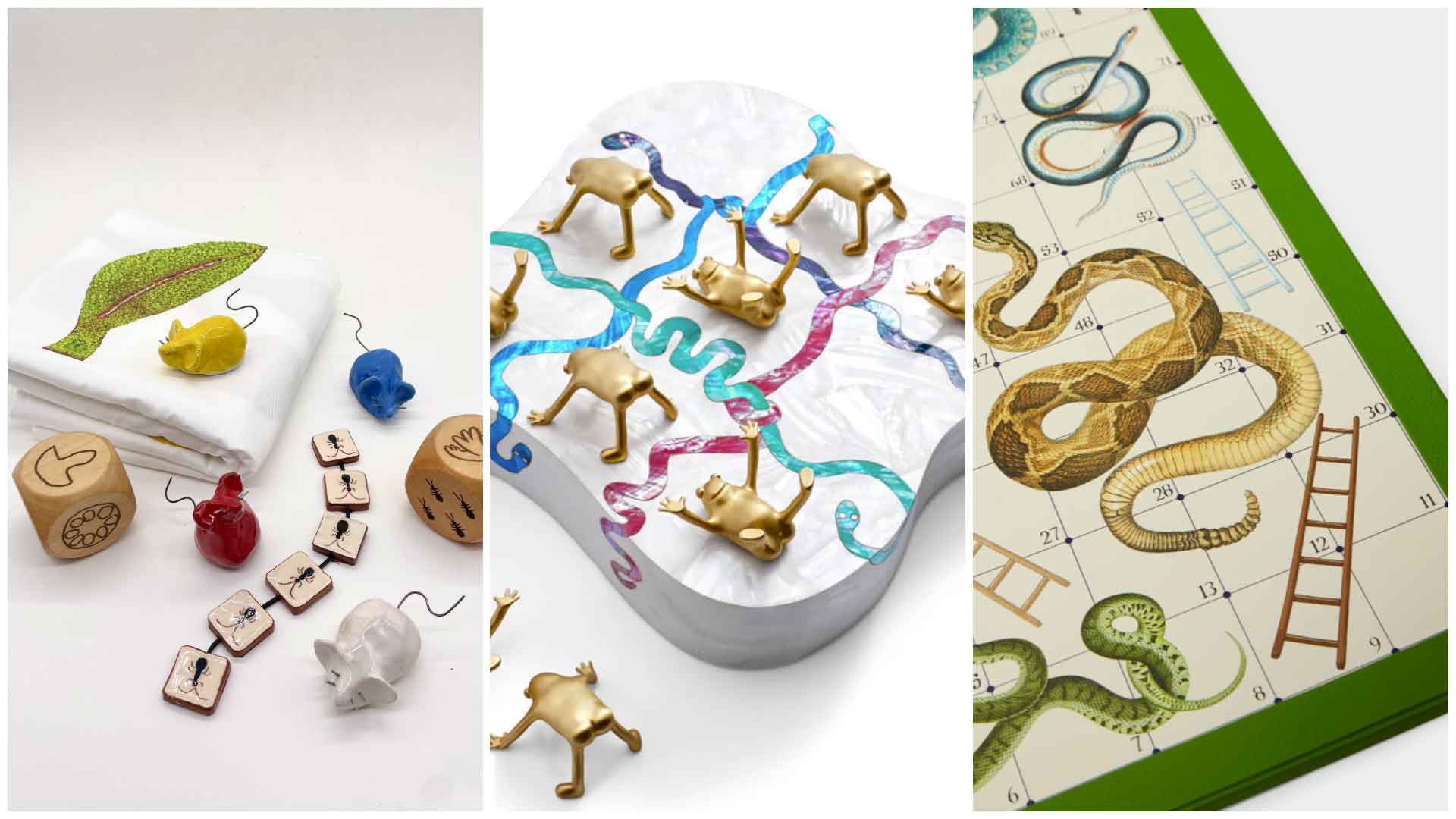 These classic board games are elevated with a creative twist
These classic board games are elevated with a creative twistFrom a leather Snakes and Ladders to a whimsical Noughts and Crosses (plus a few newcomers): browse our edit of the best board games to keep you and your guests entertained this holiday season
-
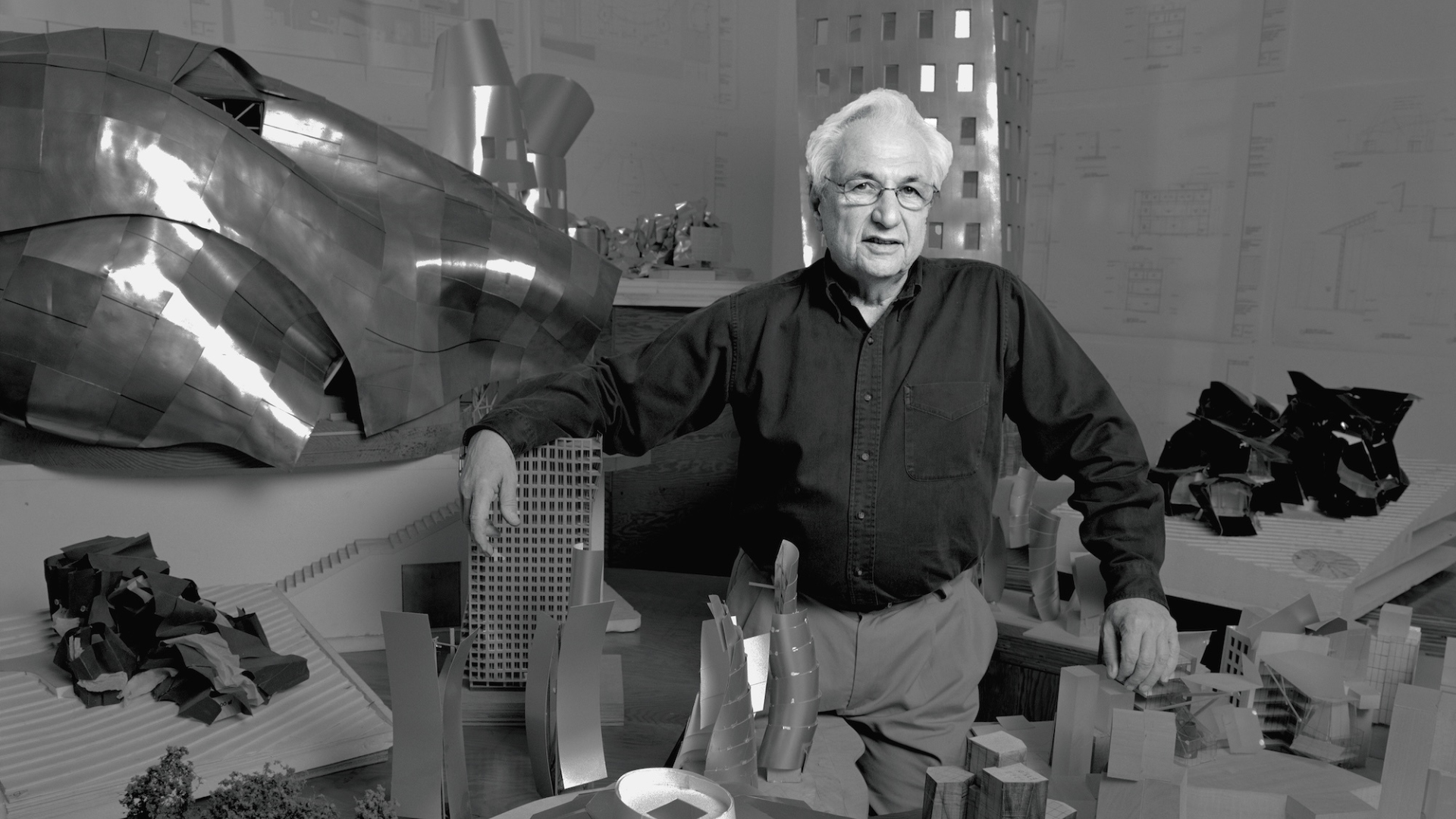 Remembering Frank Gehry, a titan of architecture and a brilliant human being
Remembering Frank Gehry, a titan of architecture and a brilliant human beingLong-time Wallpaper* contributor Michael Webb reflects on the legacy of the Los Angeles architect, who died today at age 96
-
 Lexus finally confirms the name of its all-electric LFA Concept supercar
Lexus finally confirms the name of its all-electric LFA Concept supercarStill designated a design study, the Lexus LFA Concept should be the successor to the most unlikely of all 20th-century supercars
-
 Design Miami announces Dubai collectible design platform in collaboration with Alserkal
Design Miami announces Dubai collectible design platform in collaboration with AlserkalThe new platform will honour the region’s cultural heritage while highlighting its spirit of innovation
-
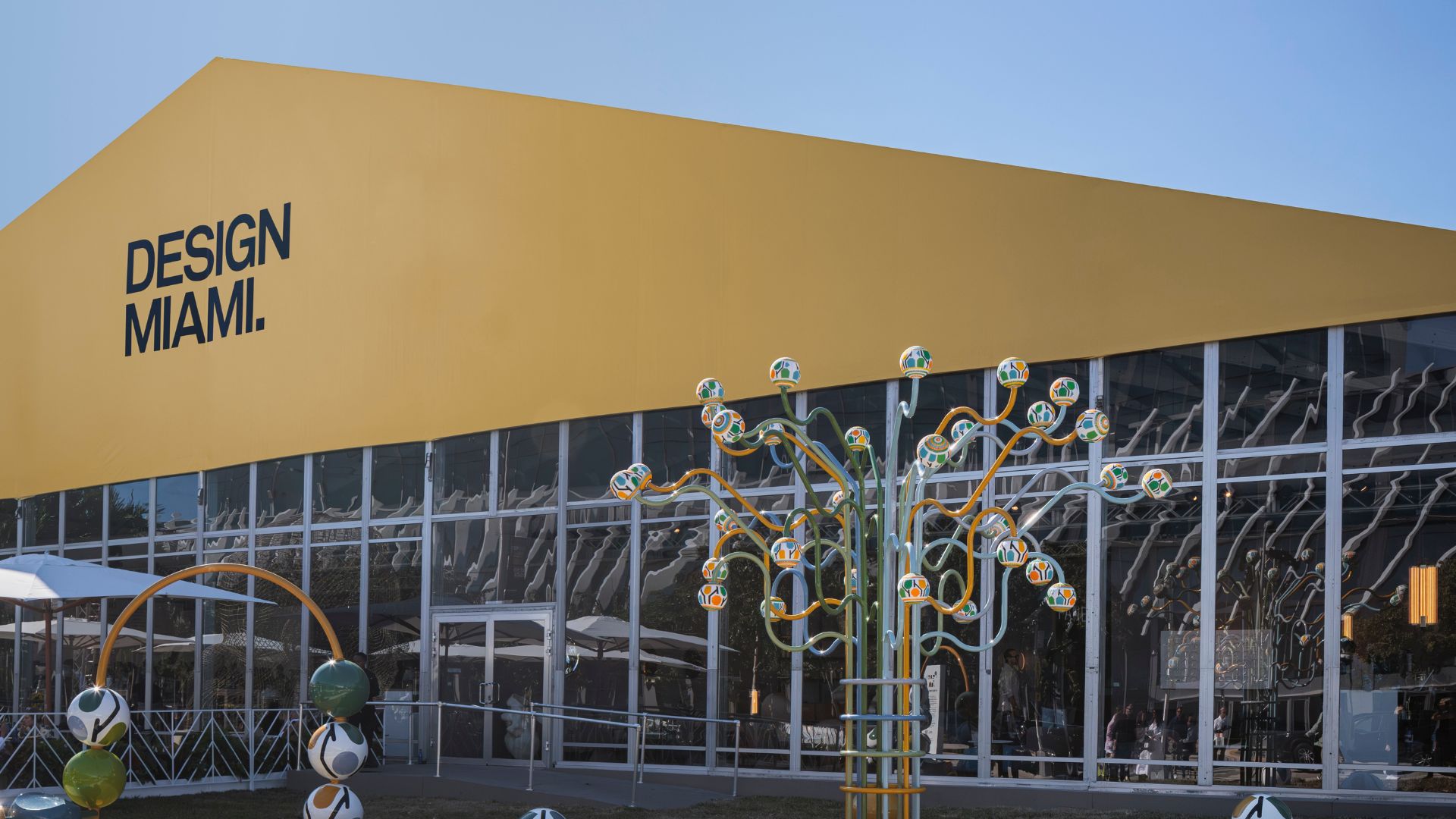 Everything you need to know about Design Miami 2025
Everything you need to know about Design Miami 2025The collectible design fair returns to Miami Beach in December for its 21st edition, alongside a vast array of art and cultural events across the city
-
 Best of Design Miami Paris 2025: animal sculptures and musical ping-pong tables
Best of Design Miami Paris 2025: animal sculptures and musical ping-pong tablesDesign Miami Paris returns to the Hôtel de Maisons (until 26 October 2025): here are the Wallpaper* highlights
-
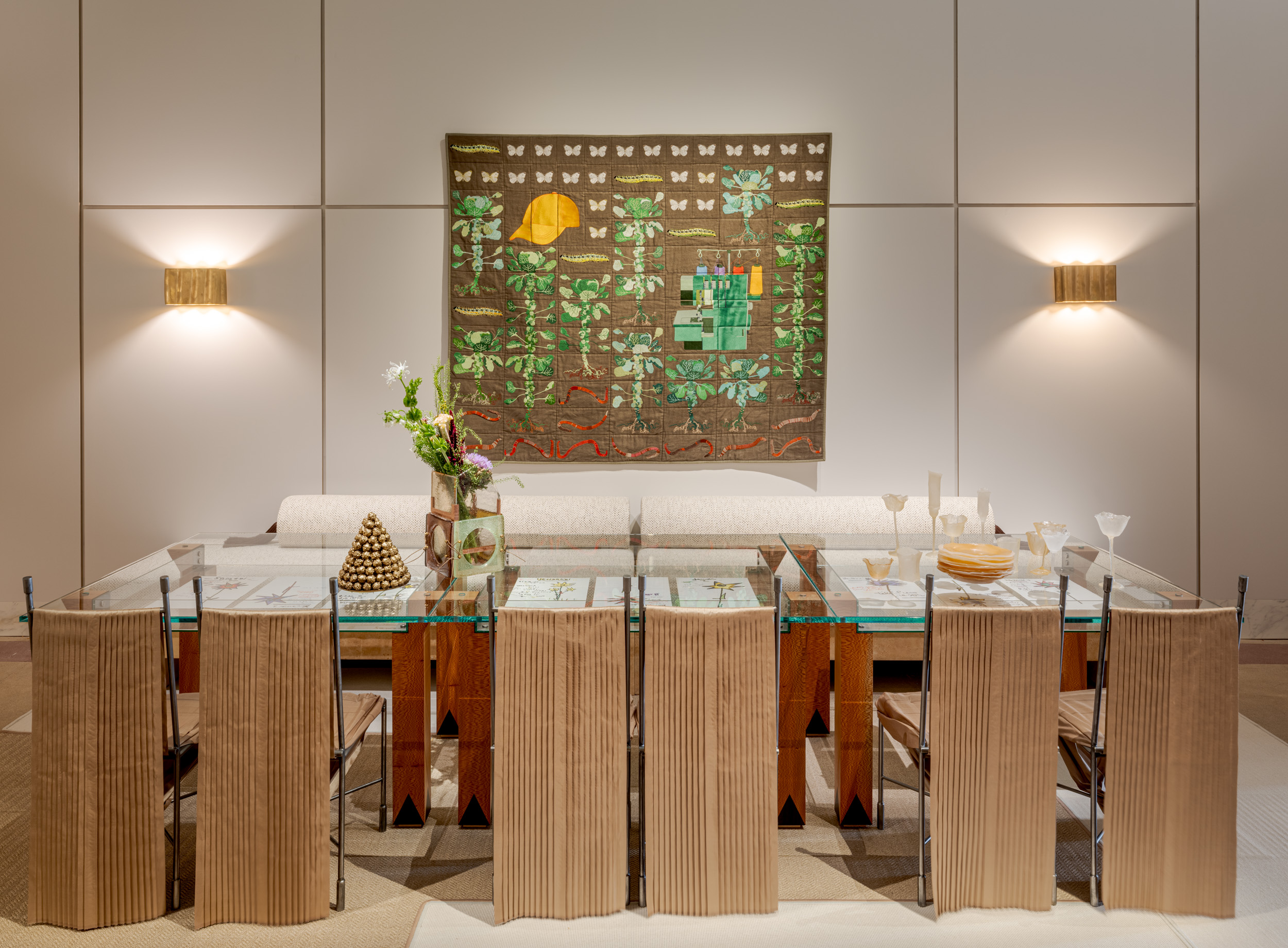 These are the best design exhibitions to see in Paris this week
These are the best design exhibitions to see in Paris this weekAs Design Miami Paris and Art Basel Paris make their return, we round up the best design exhibitions to discover in the city
-
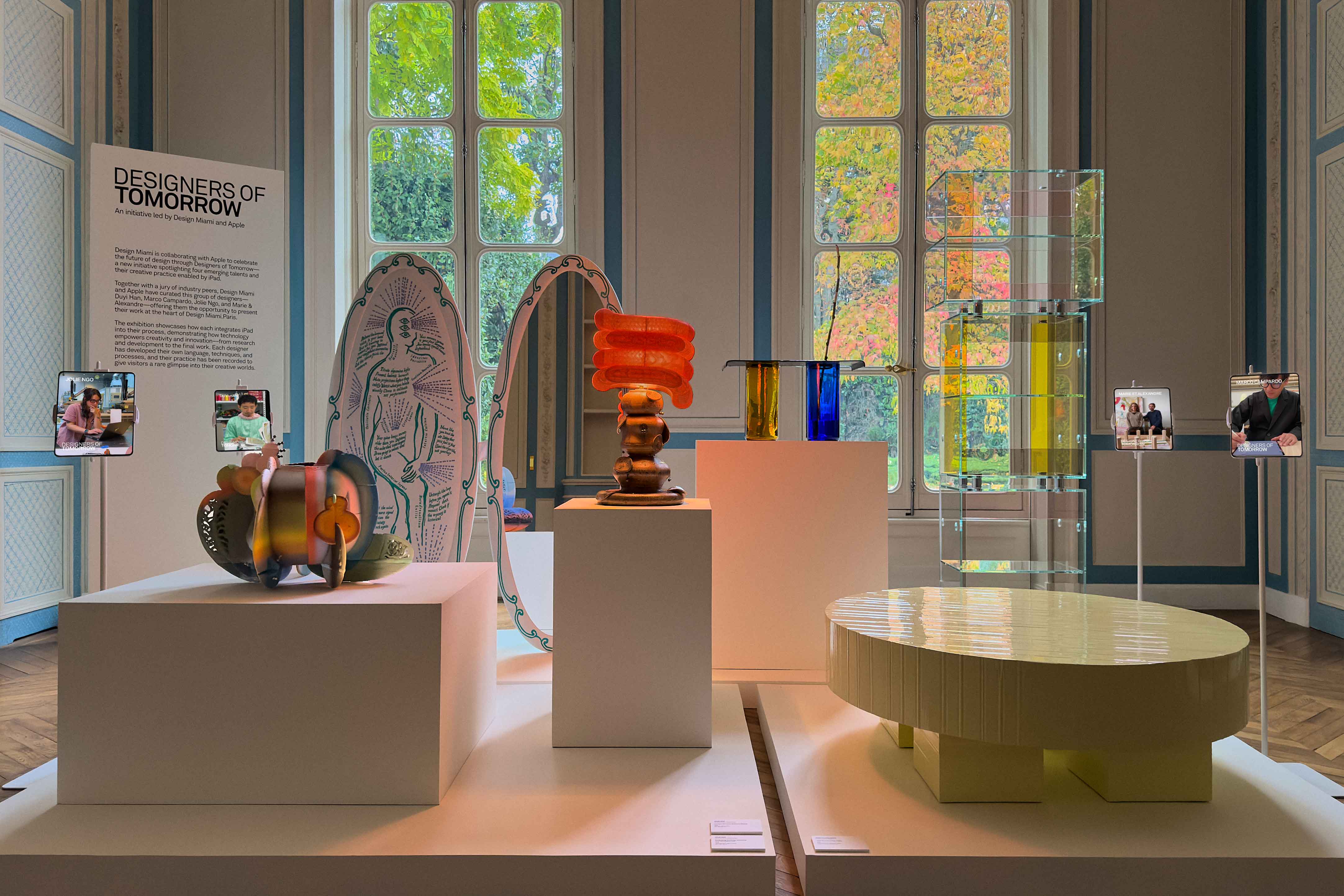 Apple and Design Miami celebrate the new guard of creativity with the inaugural Designers of Tomorrow
Apple and Design Miami celebrate the new guard of creativity with the inaugural Designers of TomorrowApple and Design Miami's Designers of Tomorrow make Paris debut with a cohort of four designers, including Atelier Duyi Han, Jolie Ngo, Marie & Alexandre, and Marco Campardo
-
 Design Miami in Seoul: inside the fair’s spectacular South Korean debut
Design Miami in Seoul: inside the fair’s spectacular South Korean debutAs Design Miami launches its inaugural Seoul event, we discover its showcases spotlighting South Korean designers who have shaped the country’s creative landscape, from traditional craft to pioneering design innovations
-
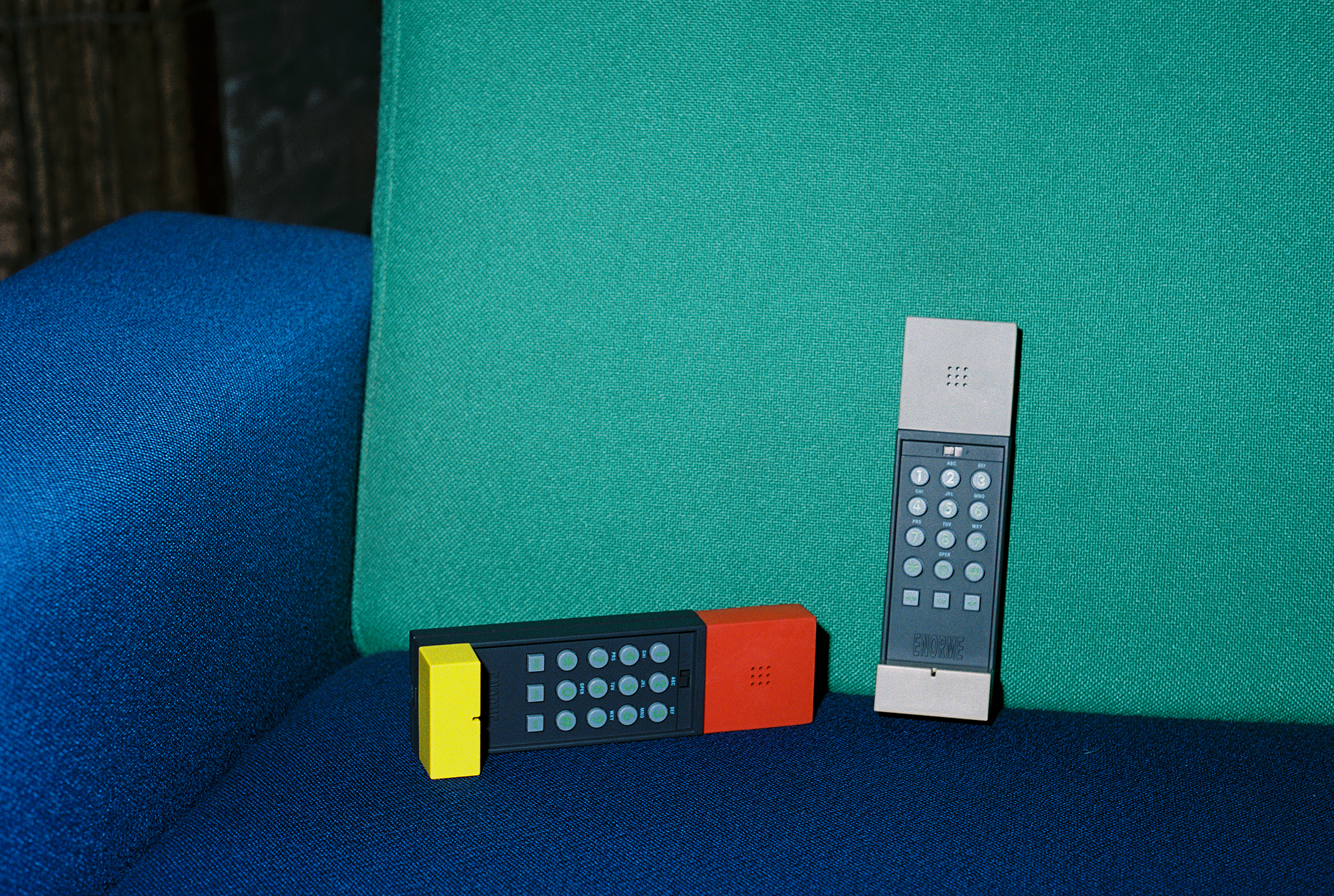 Basic.Space launches its first IRL shopping event – in an empty West Hollywood mall
Basic.Space launches its first IRL shopping event – in an empty West Hollywood mallWith the launch of its first in-person event in LA this weekend, the e-commerce platform is looking to bring collectible design to a whole new audience
-
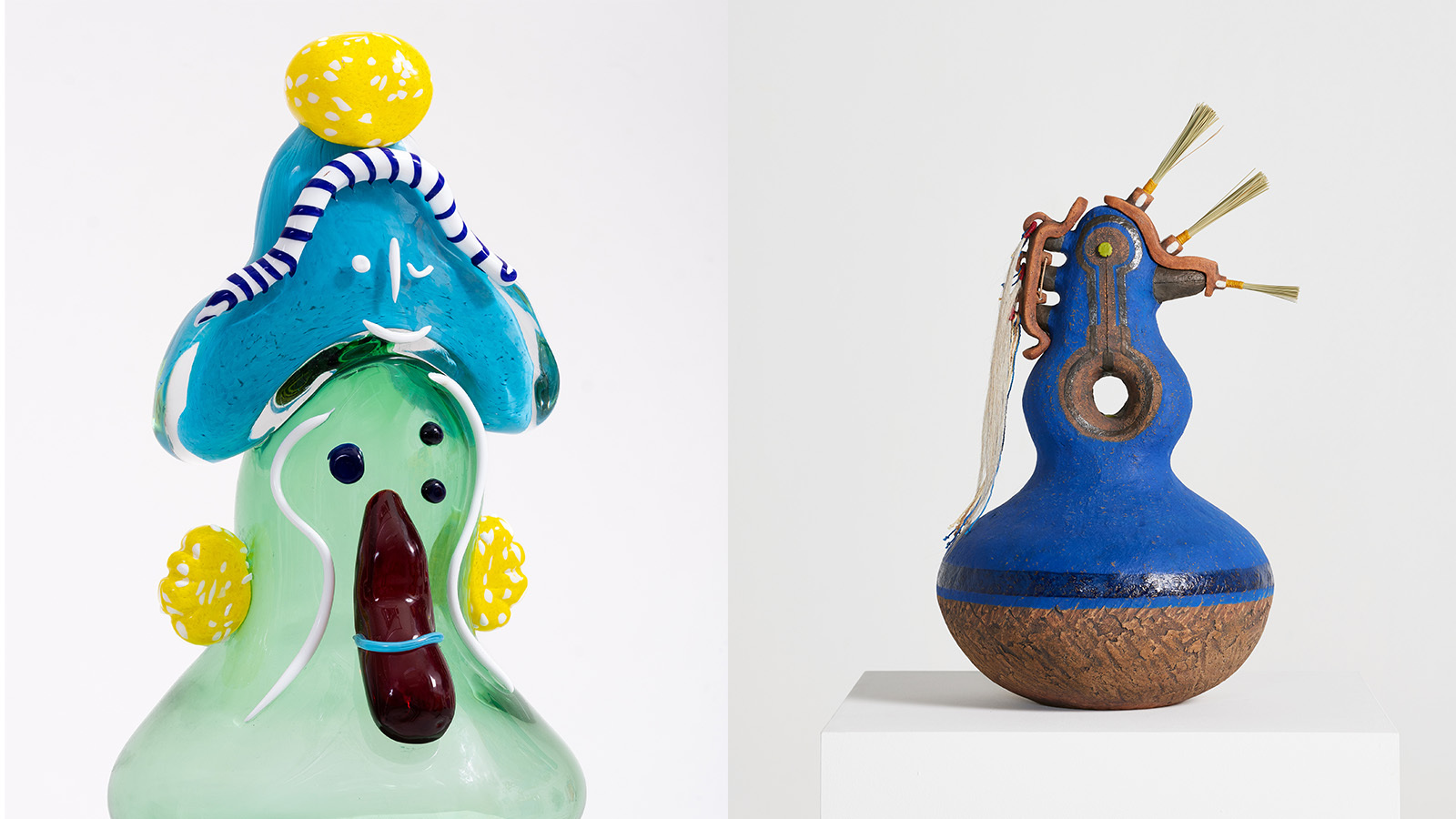 Design Miami 2024 is alive with possibility: here are 14 things to see
Design Miami 2024 is alive with possibility: here are 14 things to seeDesign Miami 2024 opens 4-8 December – let Wallpaper* guide you to the highlights, from dazzling installations to plump sofas and anthropomorphic sculptures